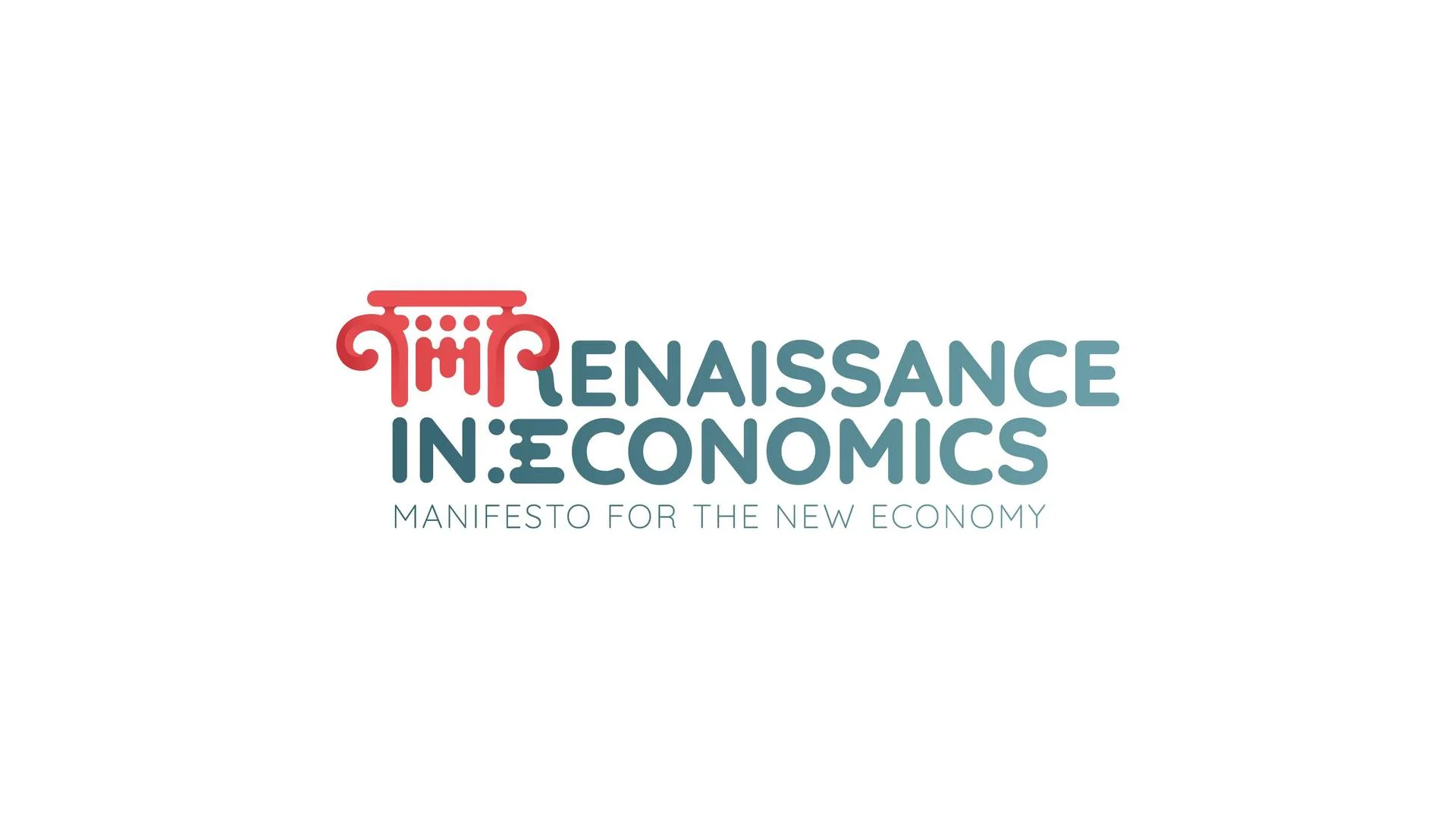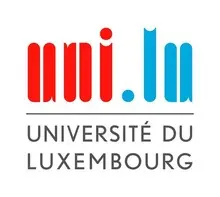
It's Game Night
The Economics of Settlers of Catan
Read a summary using the INOMICS AI tool
Klaus Teuber’s Settlers of Catan is a popular board game that has become a mainstay of friendly gatherings across the globe. For the uninitiated, in Catan up to 4 players compete to be the first one with 10 victory points. Points are gained by building houses (“settlements”), cities, and roads on a heretofore unsettled island rife with natural resources. Catan has nearly limitless replay value - with 3,695,814,682,560,000 (over 3 quadrillion!) different unique board layouts using just the base rules. Chances are, you’ve heard of Catan even if you don’t particularly love board games.
The game is an interesting one from an economics standpoint, since players must collect and trade resources, invest in the growth of their own miniature economy, barter with others, and make decisions about trade-offs and opportunity costs at every turn. In Catan, the person who builds the most efficient and fastest-growing economy almost always wins.
In this article, I aim to shed some light on the economics of Settlers of Catan, and show how it reflects some economics principles and real-world concepts. Without further ado, let’s dive in.
The Foundations of a Productive Economy
In Catan, resources are gained by a roll of two six-sided dice each turn. This means that possible numbers rolled are between 2 and 12, with the number 7 being the most likely. On the board, each resource tile has a number from 2 to 12 on it (except 7 – more on that later), and when that number is rolled, every settlement touching that tile gets one resource from it. Cities get two.
Clearly, it is better to get your settlements and cities on the more commonly rolled numbers. On average this will yield more resources, putting you at an advantage ceteris paribus. Those tiles with more likely numbers represent land that is more productive. In the real world, especially for developing economies, concentrating production on the most productive land is also the best way to build the foundation for a healthy economy. Often, this means early cities developed along waterways and in areas with productive soil for agriculture.
But, sheer productivity isn’t everything in life or Catan. Some resources are more valuable than others, and the opportunity cost of each one changes depending on the game and your particular economy.
In Catan, you need brick and wood to build roads, which let you expand and build more settlements in new places. Settlements cost a brick, wood, wheat, and sheep to build, and they allow you to collect more resources when a resource tile they touch has its number rolled.
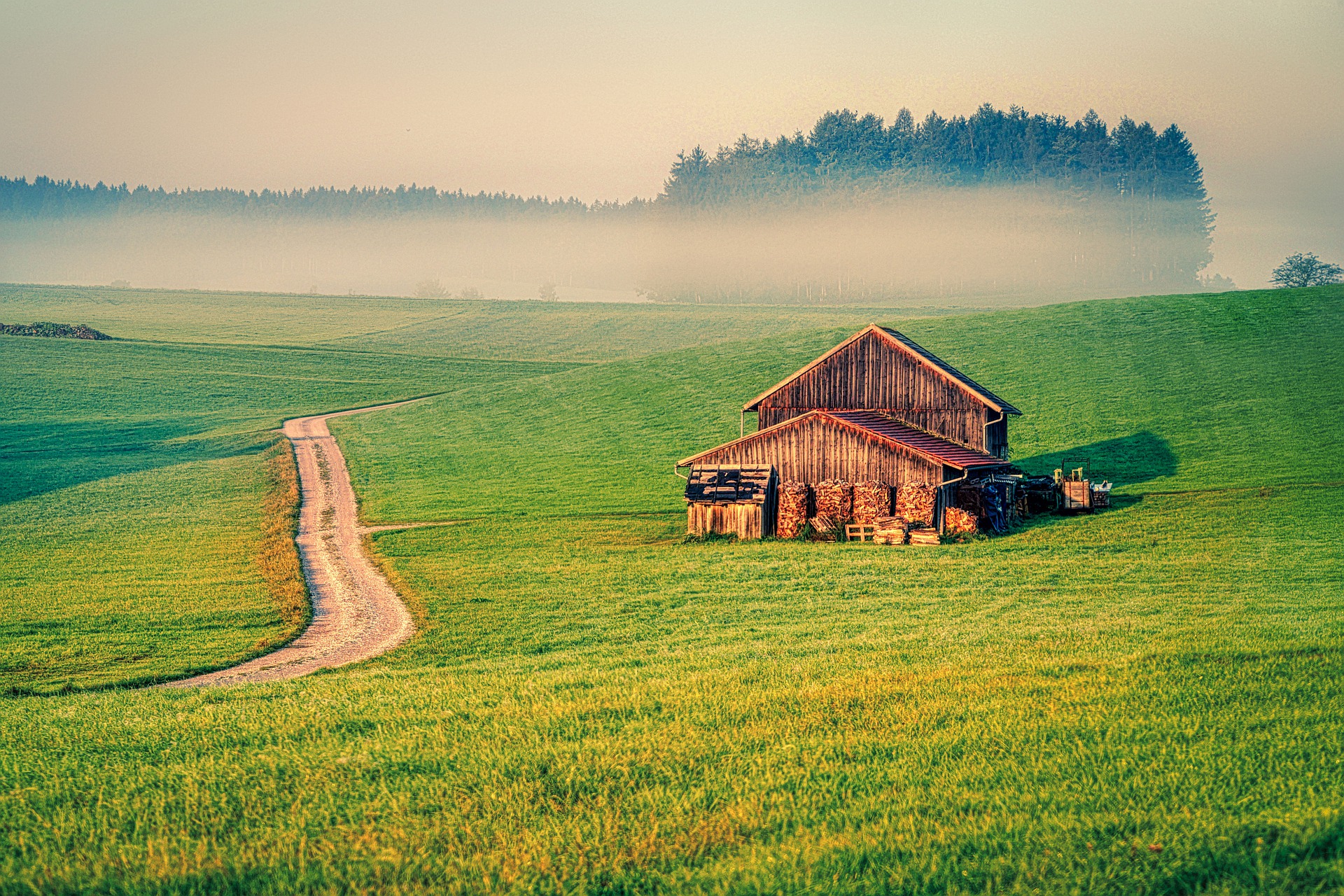 Picture credit: Pixabay.com
Picture credit: Pixabay.com
Expanding your territory and building on new spaces is quite important, then, especially because each settlement prevents anyone else from building in an adjacent space. Basic economic theory tells us that having more input will yield more output, and on an island where real estate providing those inputs is scarce, it pays to get there first!
Realizing Economic Growth via Agglomeration
Settlements help you expand, but to realize economies of scale by increasing your economic efficiency, you’ll need cities. Cities are built by upgrading an existing settlement using two wheat and three ore. As mentioned before, cities gain resources more quickly, and a city built early in the game can grant a big advantage due to this fact.
This isn’t just true of Catan. Agglomeration economies in the post-industrialization world mean that cities are the centers of economic activity in modern economies, too. As more and more production concentrates in one area, the economy benefits due to economies of scale, knowledge spillovers between local industries, labor market pooling, increased opportunities for local residents, and many other factors.
The last thing that can be built with your Catan resources are Development Cards. Rather than representing microloans from the IMF or World Bank for your burgeoning island economy, these cards grant different one-time-use powers that can tip the scales in your favor. They can be thought of as purchasable positive shocks to aggregate supply. An example is the monopoly card that lets one player take all resources of a certain type currently in play at that moment. Another grants two roads for free, a boon that many economies would love to experience.
There are also ports in Catan which allow players to trade resources more efficiently. Normally, players can trade with the “bank” (i.e., the game box) by giving up four cards of one resource to get one card of a different resource. This is a brutally expensive exchange rate, but ports give players the opportunity to get more favorable rates for certain resources.
In the real world, international trade allows countries to leverage the power of comparative advantage to consume more goods than they could have otherwise. Ports in Catan approximate this fact by improving your exchange rate for trading resources. One key difference, though, is that trade between players is always possible with zero transaction costs. This dilutes the importance of port cities compared to a real economy. If trading costs and distances were factored into the game, no doubt ports would see an increase in strategic value closer to their real-world counterparts.
So, building settlements on ports and upgrading settlements to cities are the two main ways players can start to economically overpower their competition in Catan.
Analyzing the Relative Value of Catan’s Resources
That was a lot, so let’s briefly review what each built object can do and what they cost:
| Object | Benefits | Cost |
| Settlement | Collect 1 resource each time a number touching it is rolled, gain 1 victory point | Brick (1), Wood (1), Sheep (1), Wheat (1) |
| Road | More opportunities to build settlements, 2 points if you have the longest continuous road (“Longest Road”) | Brick (1), Wood (1) |
| Development Card | Random one-time-use economic benefits (or possibly a victory point) | Sheep (1), Wheat (1), Ore (1) |
| City | Doubles the resource income of the settlement it upgrades, gain 1 extra victory point | Wheat (2), Ore (3) |
Examining the last column in the table provides some interesting insights about the relative economic value of each resource. First, wheat appears in almost every single row. The only thing that doesn’t require wheat to build is a road, which is the cheapest item and only indirectly contributes to economic growth. So, having a source of wheat income is very important at all stages of the game!
The next obvious thing that jumps out from the table is that cities are the only buildable object that takes more than one resource per type to build. Cities are also the most expensive thing you can build, requiring 5 resource cards. But, the player with the earliest city usually has a big advantage since cities increase economic output quite drastically. So, the best Catan economies must ensure they have access to (or can trade for) reliable sources of wheat and ore.
One last thing to note about the relative value of resources is their relative scarcity. Each game of Catan will have four spaces each of wood, sheep, and wheat, but only three brick and three ore spaces. This means that, ceteris paribus, brick and ore are relatively more scarce, and therefore more valuable.
The number placements on the island can also greatly change which resources are more or less valuable. Basic theory of supply and demand tells us that if a specific resource has only low-probability numbers on its spaces, it is very likely to be rare and therefore more valuable than normal.
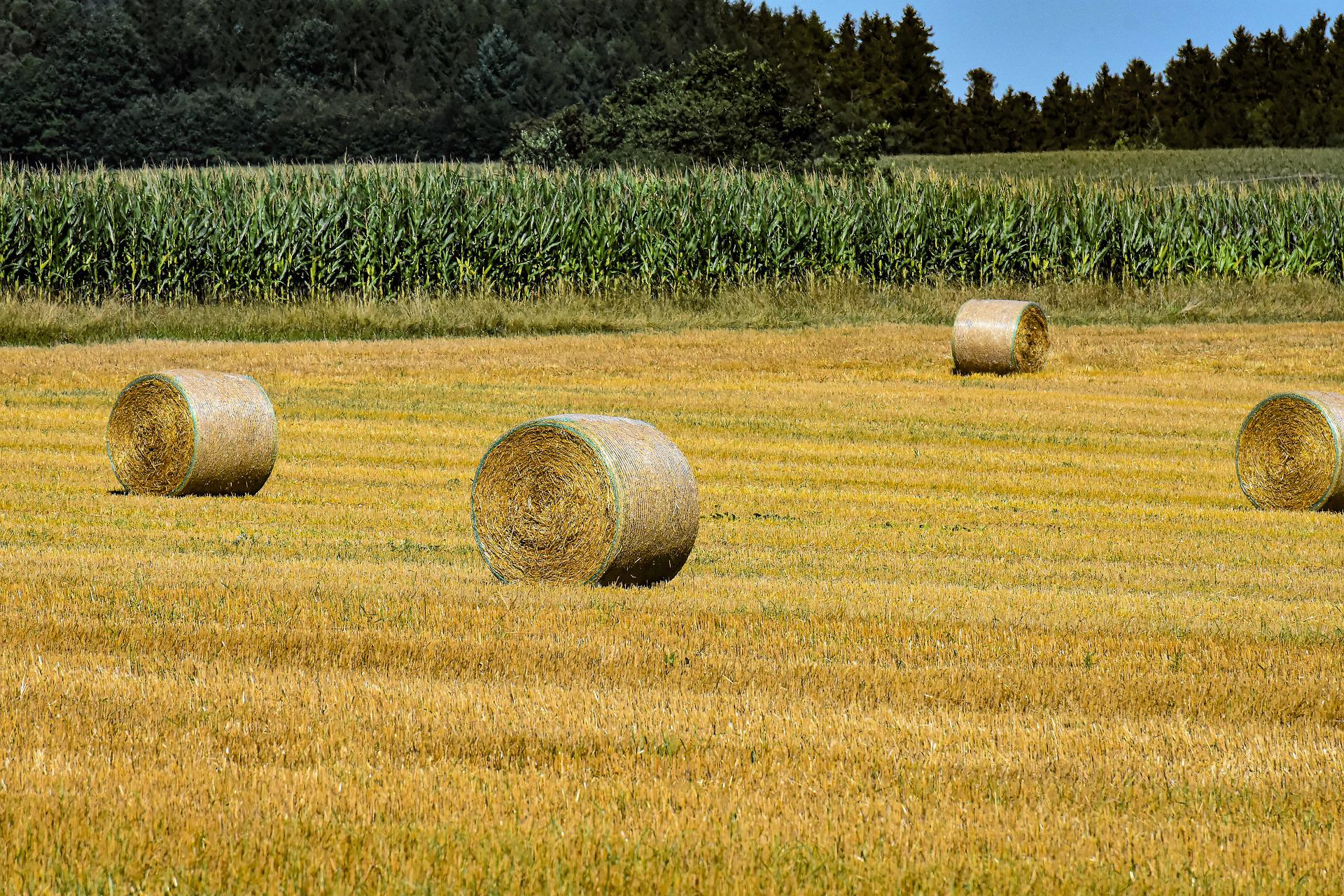
Picture credit: Pixabay.com
The Temporal Value of Resources
What may be less obvious from the table above is how time affects the value of each resource. Certain resources become more or less important as the game continues.
The value of expanding an economy is highest at the beginning of the game, when the island is mostly unsettled and people’s incomes are lowest. This is akin to a market that is underdeveloped. Often, the first firm to begin production in a new market has the easiest time securing market share, and has an advantage over following firms – who must outdo them in some way to compete. We refer to this as a first-mover advantage in economics (for more on this, see Stackelberg Competition).
Although Catan players are not “producing” - rather, they are receiving a random resource bounty - the “first mover” in this sense will have the best choices of new expansions available. They will gain an advantage, all else being equal, in terms of accessing new numbers and resources. So in the early turns, building roads and settlements as fast as possible to claim new territory is important. This means there will be a relatively high demand for brick and wood in the early stages of the game.
Towards the end of the game, when land has been mostly claimed, players must focus on building upward instead of outward. Yet again, this reflects real economic phenomena; once the more limited factor of production (productive land) is mostly being used, economies must focus on increasing their efficiency and intensive use of capital to continue growing.
Thus, later on in the game of Catan, wheat and ore become very important since they are the city-building resources. Meanwhile, brick and wood become nearly useless since expanding becomes more difficult and less valuable as the most productive land is claimed. Savvy Catan players will know this, and prepare their economies to eventually transform or trade off their brick and wood for ore and wheat (perhaps by using ports).
This transition process mirrors how developing economies change over time, as well. Most developing economies tend to produce goods from raw materials, often shipping finished products over to more advanced economies for sale. As a country grows richer and more developed, it may begin offshoring production of primary goods, while service industries flourish. These economies do not stop producing end goods from raw materials, but most productive land is already being used, and much more of the economy is focused on increasing productivity. This is done through realizing economies of scale, increasing investment into human capital, and encouraging innovation. In Catan, this is represented by the growth of cities as the island becomes almost fully settled.
Despite the methods available for increasing economic efficiency, it is unrealistic for a single economy to be entirely self-sufficient. Significant gains from trade can be had when countries focus on their comparative advantages and trade to increase overall welfare. Which finally brings us to the last aspect of your Catan economy…
International Trade & Politics
There are a few key ways that players can interact in Catan and hopefully gain an advantage. Those familiar with game theory should have a leg up in this aspect of the game.
First, you are free to make trades with other players as you please on your turns. Often on your turn, you may lack one or two important cards. You can ask the other players if they have something you want and trade on a bartering basis. Remember that you can also trade with the bank, but this is quite expensive without a port. Trading with players is usually a better option.
Players can also more directly interfere with one another. When someone rolls a 7, no resources are collected. Instead, the player who rolled gets to place the knight (also known as the robber, or bandit, or even “Gary the angry snowman” – if you play with my family!) on any space. The knight blocks resource collection on that space until it is removed - a significant negative supply shock that just might send your economy into a recession.
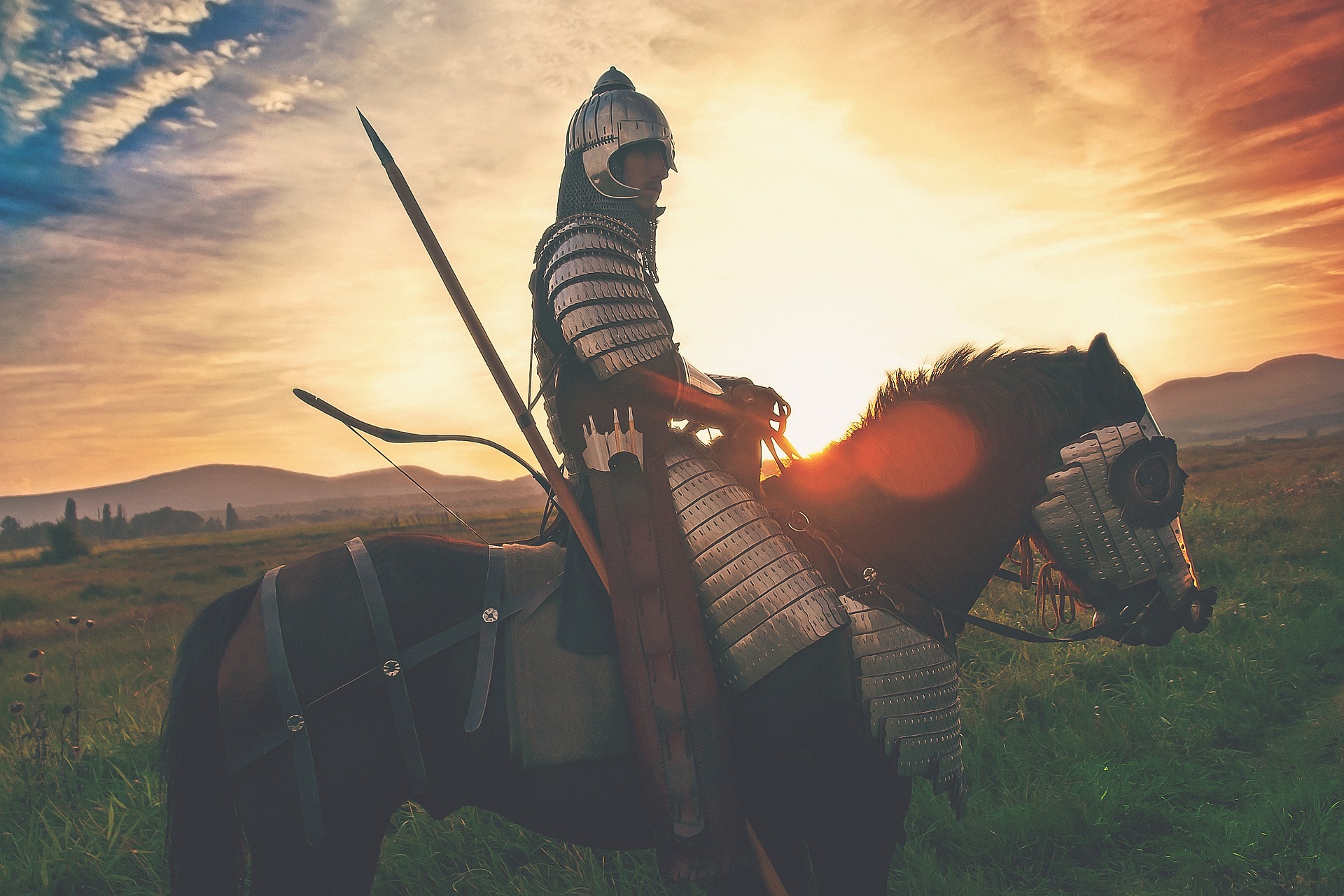
Picture credit: Pixabay.com
There are massive economic and political implications for rolling a 7 and being in charge of the knight’s placement. Most players will be unhappy with you for blocking one of their spaces. If you block someone, you can severely cripple their production for a length of time. But, you may lose them as a future trading partner for your crimes against their economy!
Often, players will try to convince others that a certain person is winning and thus they should be blocked. But, this can backfire; a particularly outspoken player can create political enemies, even if their reasoning is solid. Informal sanctions and blockades abound late in the game, especially as multiple players start to close in on 10 points and try to subvert one another.
So, placing the knight is a delicate balancing act of slowing down the player with the best economy (or limiting the most dangerous opponent, if you’re in the lead) while also maintaining the best “international” political relationships you can to preserve your access to economically beneficial free trade.
Get Ready, Get Set, Settle!
Catan is a game that is easy to pick up, but has surprising depth. Many principles of macro- and microeconomics are at play, which along with randomness lend to Catan’s replayability. If there are any economists out there who have yet to play the game, I would encourage you to give it a try. With your knowledge of economic theory, you just might become the best settler that ever was!
Header image picture credit: Pixabay.com
-
- PhD Candidate Job
- Posted 1 week ago
Doktorand/in (d/w/m) (100 %, TV-L 13) - Arbeitsmärkte, Bildung, Bevölkerung
At RWI -- Leibniz Institute for Economic Research in Essen, Germany
-
- Summer School
- Posted 1 week ago
BSE Summer School 2026: Economics, Finance, Data Science, and related fields
Starts 22 Jun at Barcelona School of Economics in Barcelona, Spain
-
- Workshop, Conference
- Posted 6 hours ago
Call for Papers: 3° International Conference Renaissance in Economics 2026
Between 14 May and 15 May in Rome, Italy


